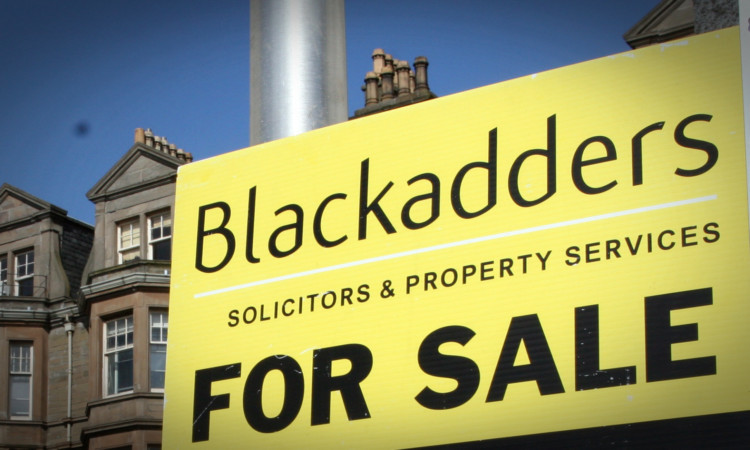A Tayside property expert has dismissed concerns about a property bubble, saying he is more worried about market stagnation.
Lindsay Darroch, the head of property at Blackadders, said that although the number of property sales in Scotland is up, there is no increase in the number of homes coming on to the market.
He said this imbalance is leading to “increased price volatility”.
Mr Darroch said: “Despite all these recent headlines regarding house price bubbles, property market stagnation is something I have a real concern about.
“Currently we are seeing Scottish-wide trends, with the number of sales being up between 15% and 20%.
“However, the number of new properties coming on to the market is, at best, staying the same, and in some areas actually dropping, with more properties selling than coming on.
“This is leading to increased price volatility as more people chase after fewer properties.”
Mr Darroch said the market went through a similar adjustment in the early and late 1990s, when people did not put their property on to the market until they found one they wanted to buy.
“The two things that broke that cycle were the banks increasing lending to first-time buyers and a massive increase in new-build developments,” he continued.
“The increase of the new-build developments led to a surge of stock coming on to the market which, by early 2000, got the property market back on an even keel.
“I am in discussions with a number of developers regarding an increase in the proposed developments that are due to begin in Scotland. However, it will take a while for these properties to come on to the market.”
Mr Darroch said there were several steps that “need to happen” in the meantime, until there is an increase in new housing stock available.
These include controversial measures, such as scrapping or suspending for six months the home report system where sellers need to prepare a report at the cost of several hundred pounds before putting their property on the market.
He explained: “The home report is a barrier against speculative selling and we need to do everything we can to encourage more people to put their properties on the market.”
Mr Darroch also called for more assistance to enable first-time buyers to buy older properties. Currently, the Scottish version of the Help to Buy scheme only applies to new-build properties.
He said: “There are lots of flats and first-time buyer-suitable properties languishing on the property market at present. This would free up a whole group of purchasers, which should assist with the free-flowing property market that we require.
“Also, the banks need to be encouraged to support developers of all sizes in relation to kicking off new-build developments, and the Scottish Government needs to do more to assist the building of new properties.
“Finally, local authorities need to be encouraged to be more relaxed and speed up the process in relation to planning matters.”
